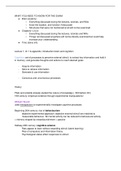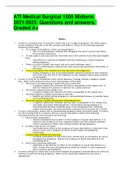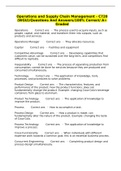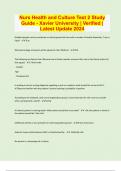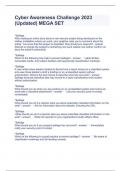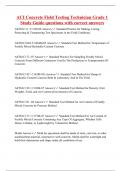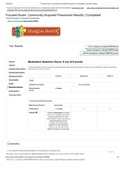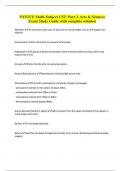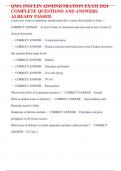College aantekeningen
Comprehensive summary interim exam 3 Introductory to psychology, brain & cognition
- Instelling
- Universiteit Van Amsterdam (UvA)
this summary entails all information from all Lectures needed to pass the exam. It is full of pictures and examples and very easy to understand and read through.
[Meer zien]
